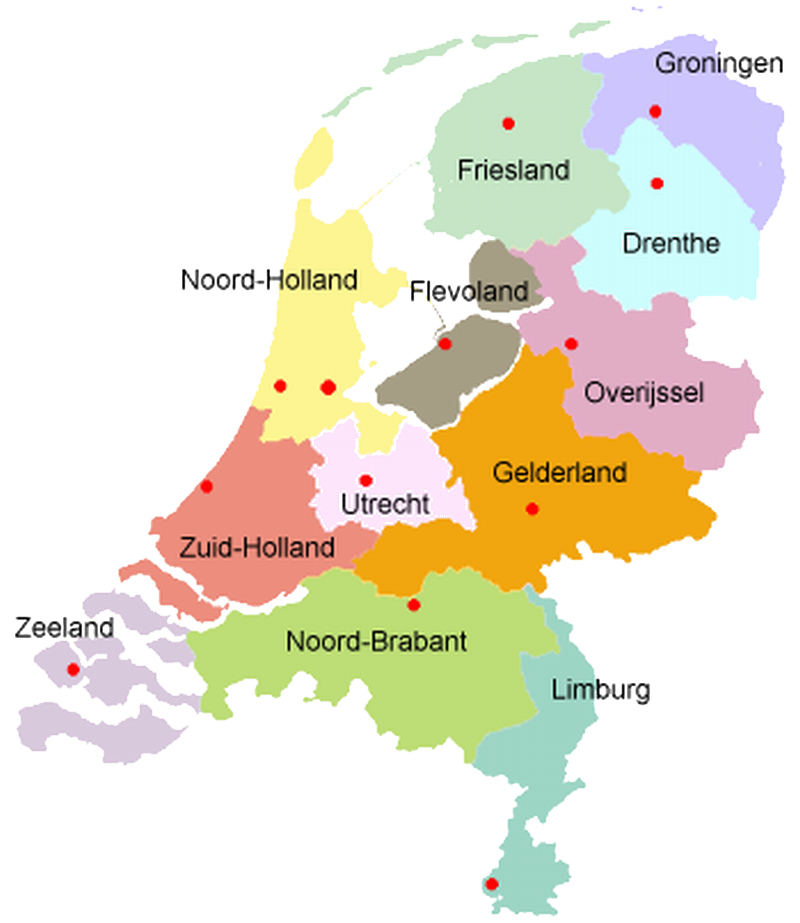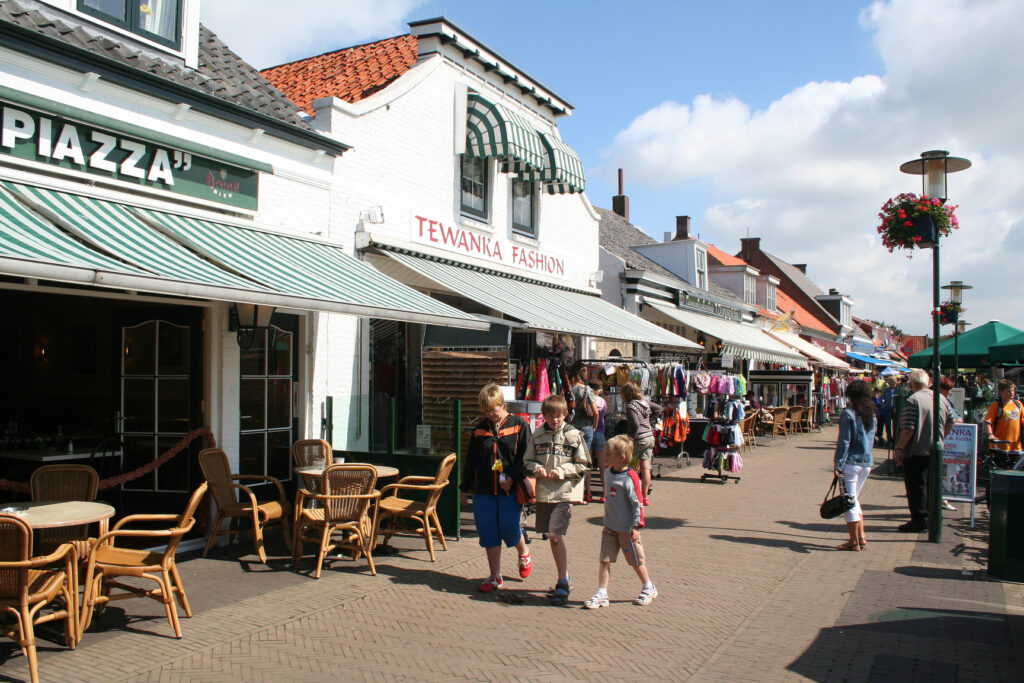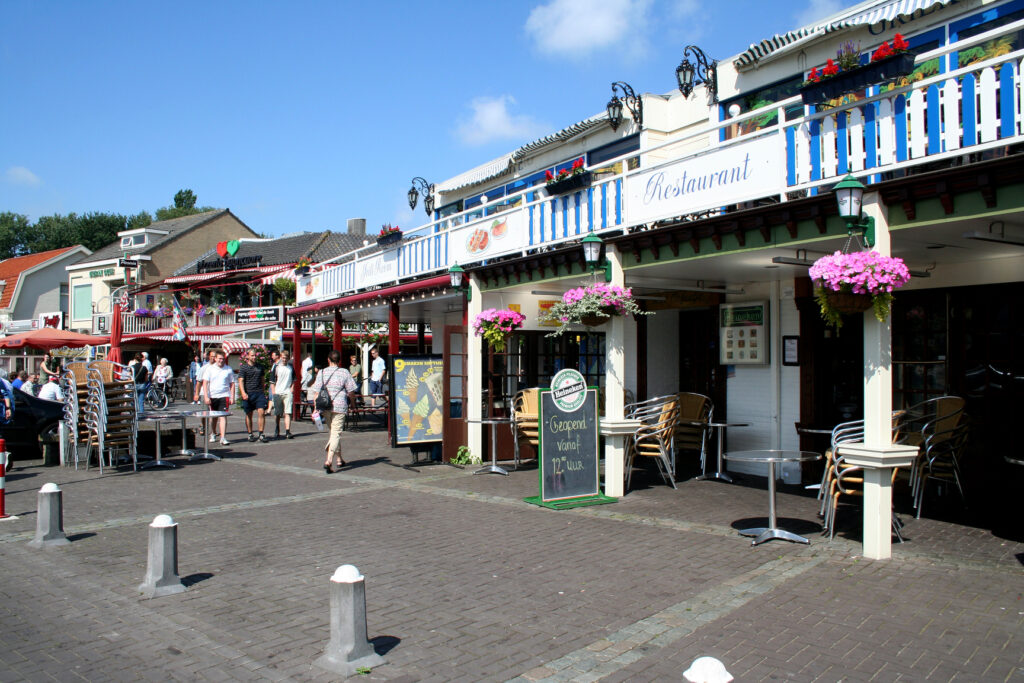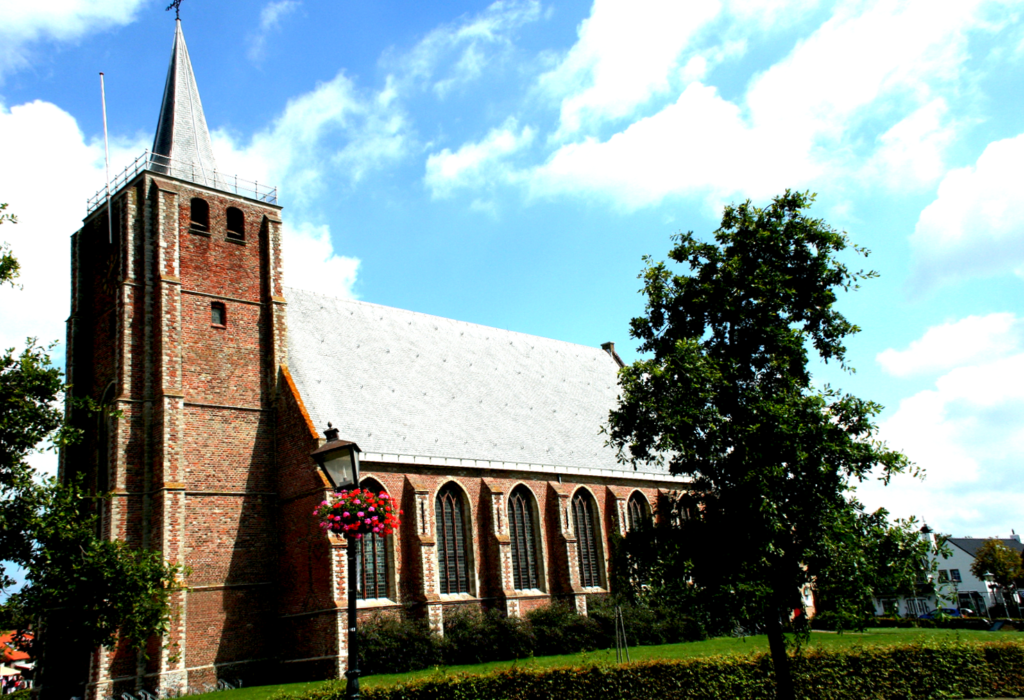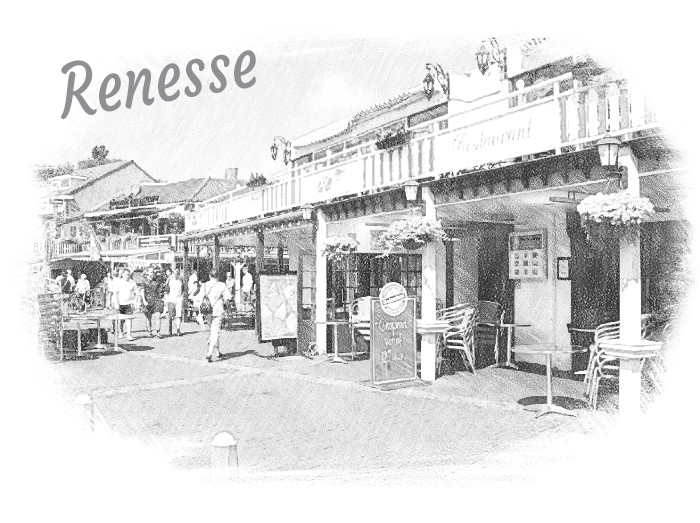
stunning beaches
This quaint seaside village, with its sandy beaches and vibrant atmosphere, exudes an irresistible charm that beckons visitors to unwind and rejuvenate.
Renesse’s main allure lies in its stunning beaches that stretch along the North Sea. Soft golden sands meet the azure waters, creating a serene backdrop for relaxation and water-based activities. From sunbathing and swimming to kite surfing and beach volleyball, there’s something for every beach enthusiast.
Beyond the shores, Renesse boasts a lively town center adorned with charming shops, cafes, and restaurants. The village comes alive especially during the summer months, offering a bustling atmosphere where visitors can sample local delicacies and immerse themselves in the warm hospitality of the Dutch.
For nature lovers, the nearby areas provide ample opportunities for exploration. The vast dunes, lush forests, and cycling trails make Renesse a paradise for outdoor adventurers. Additionally, the Grevelingenmeer, a nearby saltwater lake, is a haven for water sports enthusiasts and birdwatchers.
Renesse also has a rich cultural scene. The historic Slot Moermond castle is a testament to the village’s past, allowing visitors to delve into its history and architecture.
In essence, Renesse captures the essence of a quintessential Dutch coastal destination – a harmonious blend of nature, culture, and relaxation. Whether seeking sun-soaked beaches or a taste of Dutch coastal life, Renesse stands as a testament to the Netherlands’ diverse and captivating offerings.

Renesse is first mentioned in 1244 as “Riethnesse”. It is derived from reeds and nose, which means headland.
The lords of Renesse used to be an influential family in Zeeland. In the thirteenth century, Moermond Castle was built in Renesse. One of his most famous residents was Jan van Renesse. The current building got its appearance through a restoration in 1955.
Moermond Castle
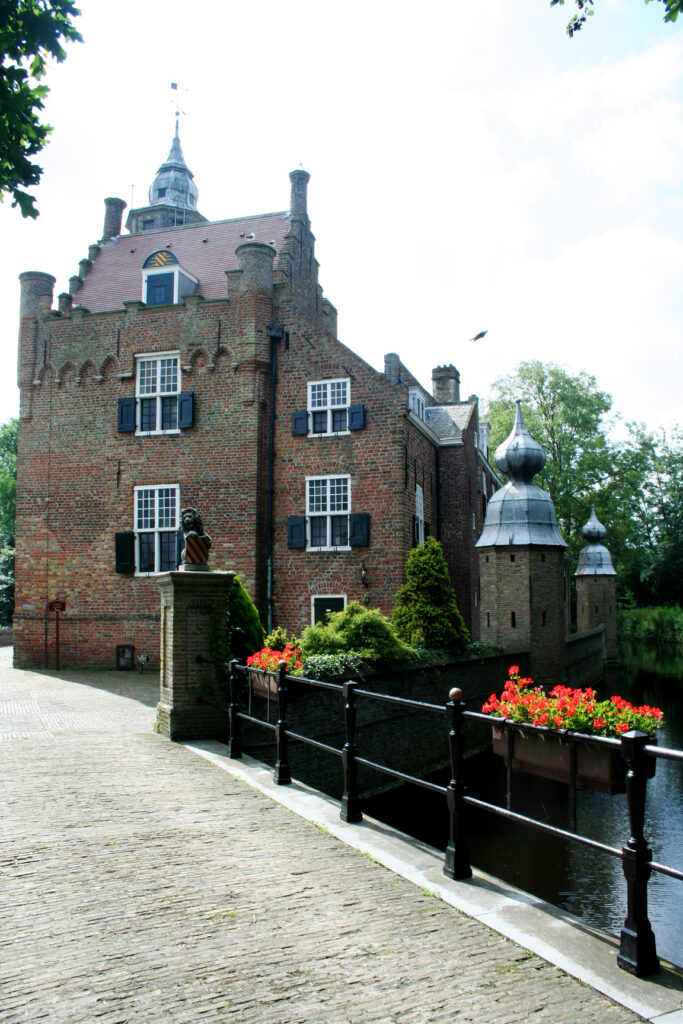
The castle consists of a square brick building and later extensions from the beginning of the 16th century and the end of the 20th century and is surrounded by a moat.
The current and third castle is built next to the foundations of the original castle of Costijn van Zierikzee that was built between 1229 and 1244 and of which only a few walls have been preserved. The second castle, owned by the new owner Aernoud van Haamstede, was probably built before 1339 and, apart from the gatehouse, was lost in 1454.
 The new Moermond Castle is from 1513. Jacob van Serooskerke built the castle for the third time and used the old gatehouse and transformed it into a residential tower. The flood disaster of 1953 caused great damage to the castle. It is currently used as a restaurant and conference centre.
The new Moermond Castle is from 1513. Jacob van Serooskerke built the castle for the third time and used the old gatehouse and transformed it into a residential tower. The flood disaster of 1953 caused great damage to the castle. It is currently used as a restaurant and conference centre. The village is visited by many tourists in the summer, thanks to its location near the dunes and the beach.


There are many hotels, guesthouses and campsites. In summer, free buses run from the transferium to the beach. Renesse has the reputation of being mainly a tourist place for young people. In recent years, a lot of work has been done to transform into a real family seaside resort.
From the beginning of the twentieth century, Renesse has been a seaside resort. In 1915 the village got a tram station, which disappeared after the flood disaster of 1953.
strao-rieen (beach riding)
The strao-rieen (beach riding) is a party that only takes place on Schouwen.
In the past, young farmers and servants rode their horses into the sea to wash their feet after a winter in the stable. They believed in the cleansing and healing power of the water for the feet of the horses. The older farmers remember this very well, because if the horses’ feet were covered in scabies or itchy, seawater could help it heal. After this ritual ablution, people drove back to the village to drive around the village several times.
One of the first mentions of strao dates from 1643.Reports of denominations from that year mention inappropriate behavior, such as horseback riding on Sundays and entering the cemetery with a procession of horses. Strao was later moved to the Monday. Besides Christmas and the fair, it was the only extra day off for the workers.
Strao is the name of a folklore that only occurs in the west corner of Schouwen Duiveland Zeeland. The date was well into the 70’s of the 20th century as follows: The first Strao falls on Monday in the week before Lent in Renesse.

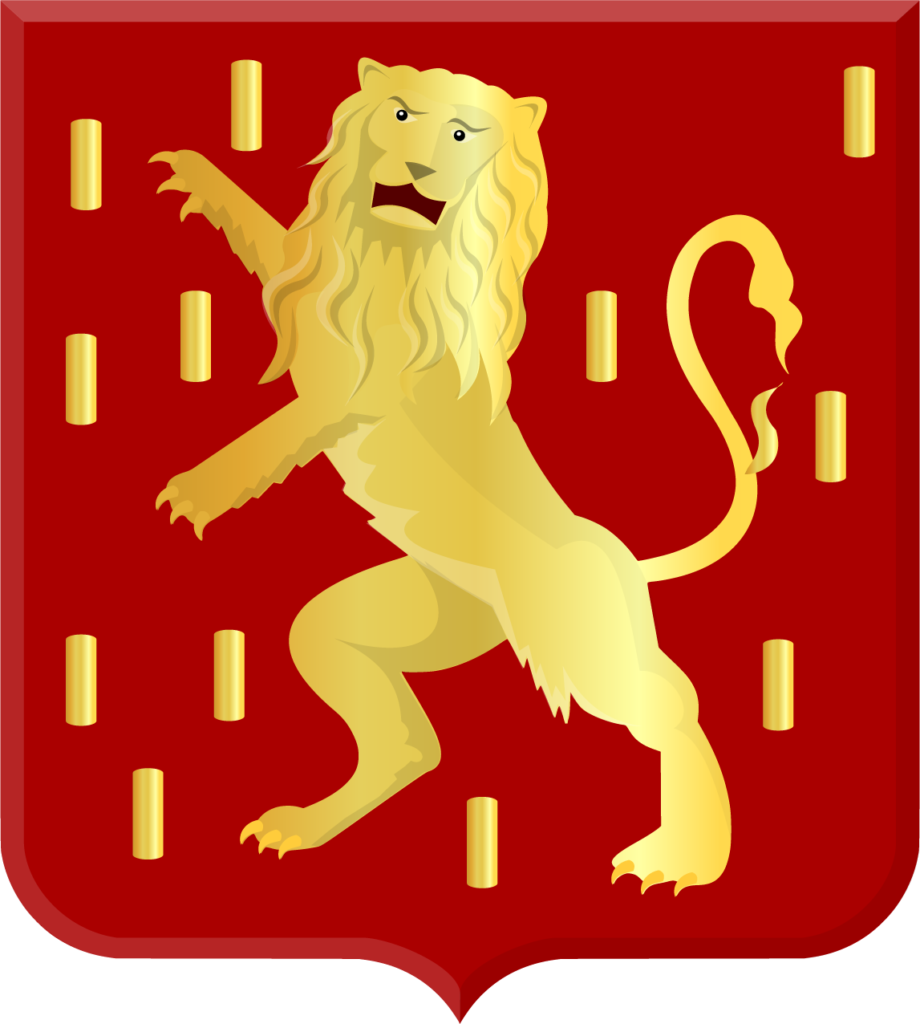
The coat of arms is the same as the coat of arms of the House of Renesse. The family coat of arms was first carried by knight Johan van Renesse, who already carried it in 1271. It is still in use today with its descendants. The lion is probably derived from the lion in the coat of arms of the house of Holland. The blocks also appear in the coat of arms of the Netherlands. The family also had a number of possessions in Utrecht. The coat of arms of Renesse was confirmed on 31 July 1817 by the High Council of Nobility to the Zeeland municipality of Renesse. In 1961, Renesse was merged into the municipality of Westerschouwen and has been part of the municipality of Schouwen-Duiveland since 1997. As a result, the coat of arms of Renesse has definitively lapsed as a municipal coat of arms.
Jacobus church
The Jacobuskerk is a Gothic church, built in the l6th century. It is not the first church in this place.
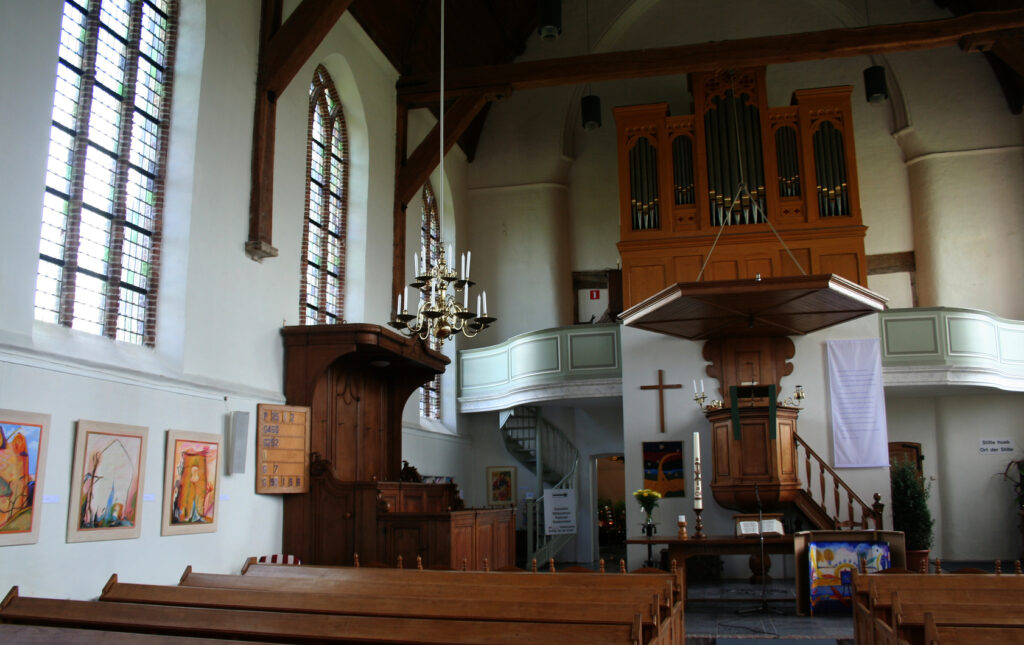
There must have been a Romanesque chapel before. For in the “Present State of the United Netherlands” (1753) it is mentioned that in 1207 a certain Jan van Renesse was buried in front of the main altar of the church of Renesse.
The main altar was dedicated to Jacobus Maior, the saint of Santiago de Compostela.
The Jacobuskerk is included in the pilgrim’s almanac as a stamp post for the pilgrims on their route to Santiago de Compostela.






